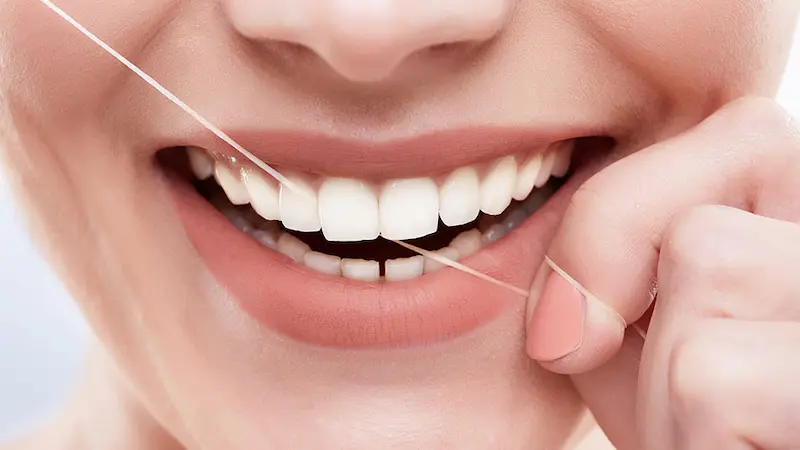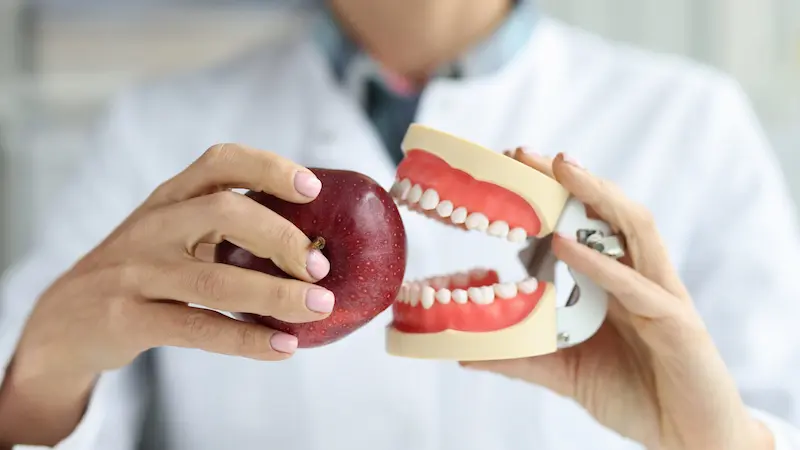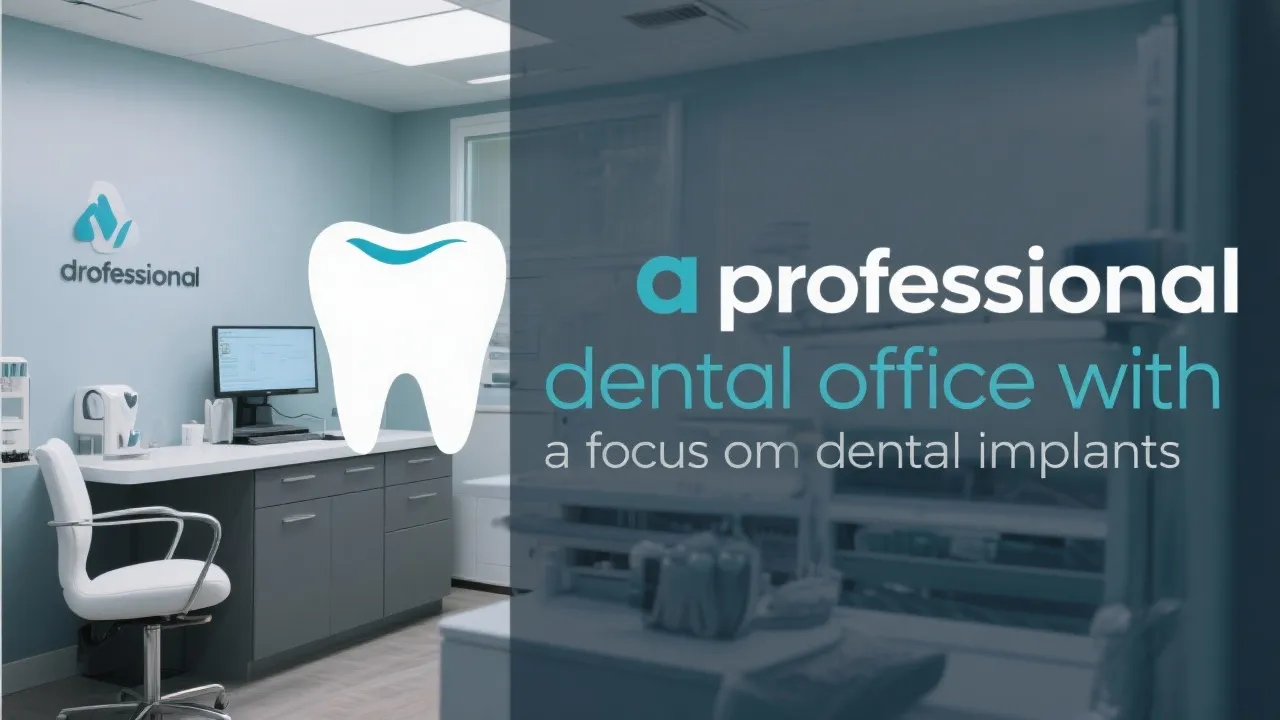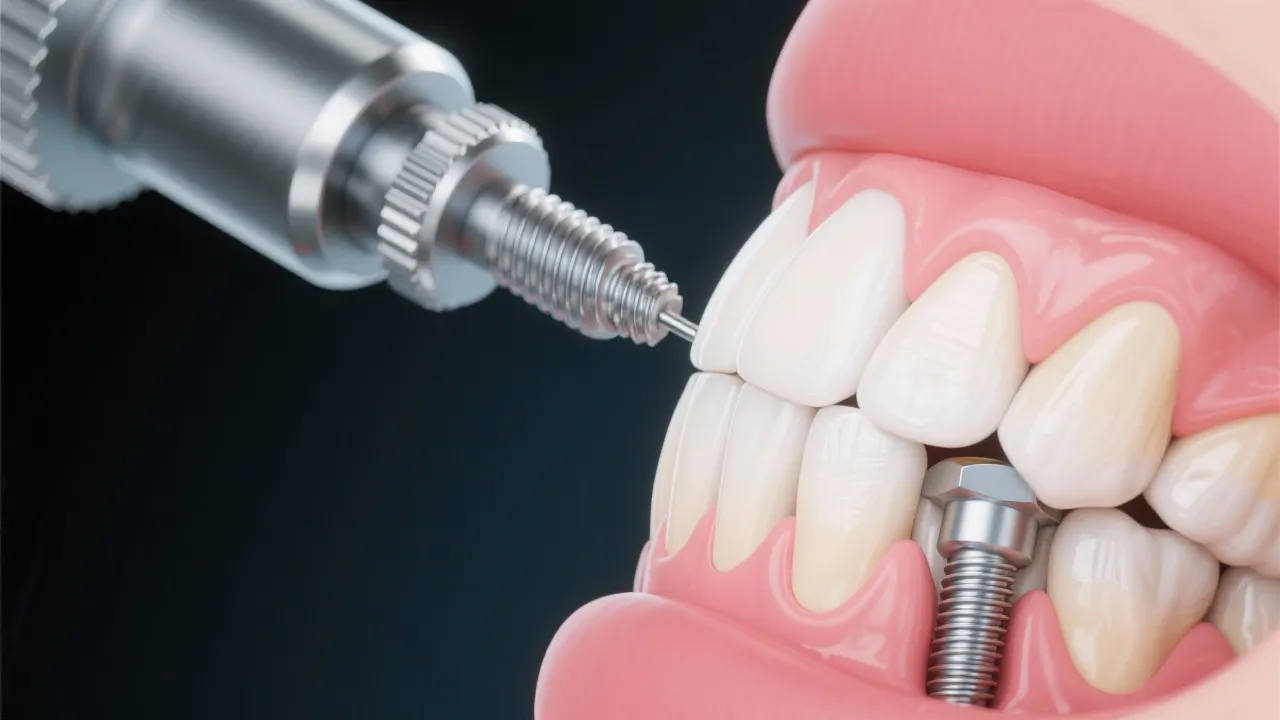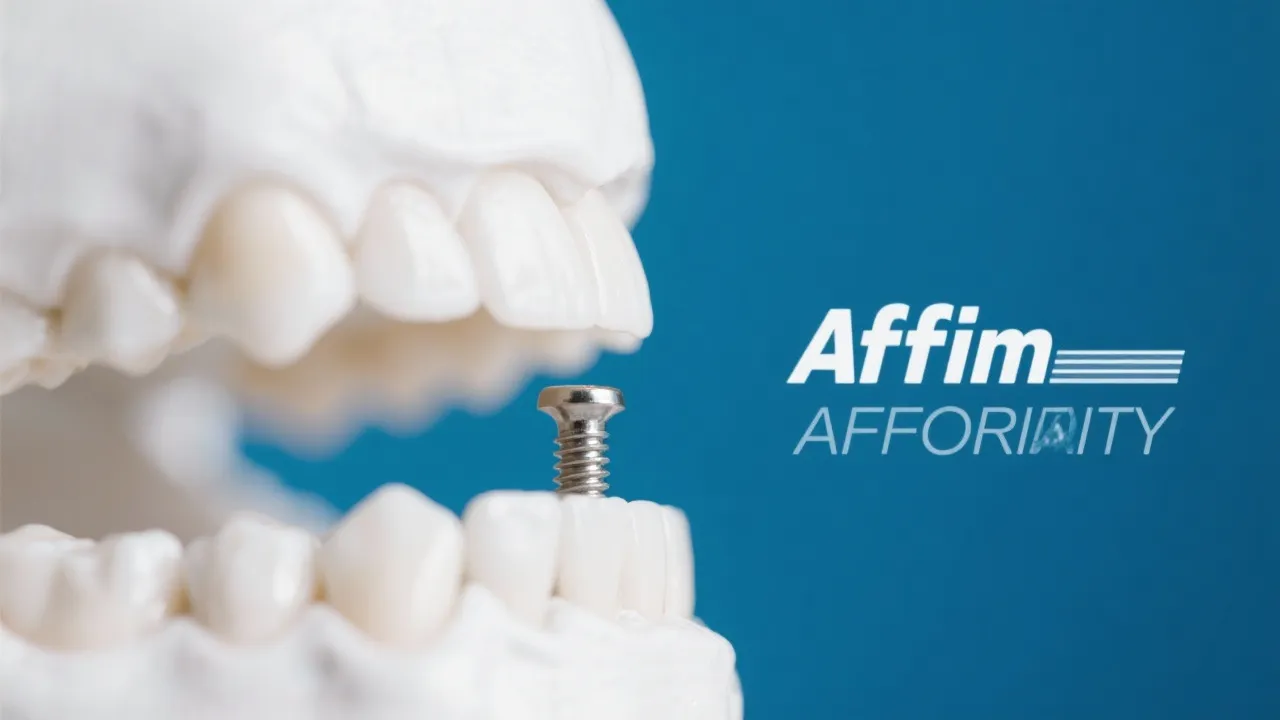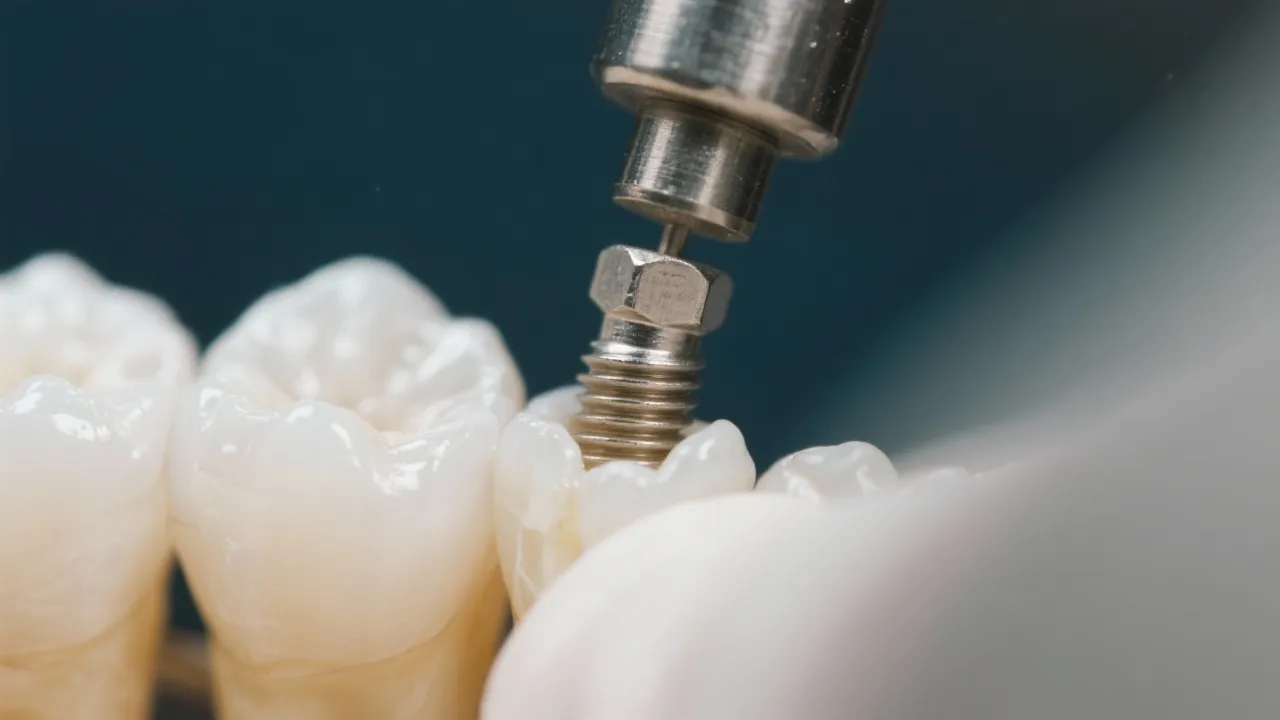How to Navigate Dental Crises: Emergency Dental Services and Urgent Care
Dental emergencies can occur unexpectedly and often lead to significant pain and discomfort. Understanding how to manage these situations effectively is crucial for maintaining oral health. This article will provide a guide on what constitutes a dental emergency, the types of emergency dental services available, and the steps you should take during a dental crisis.
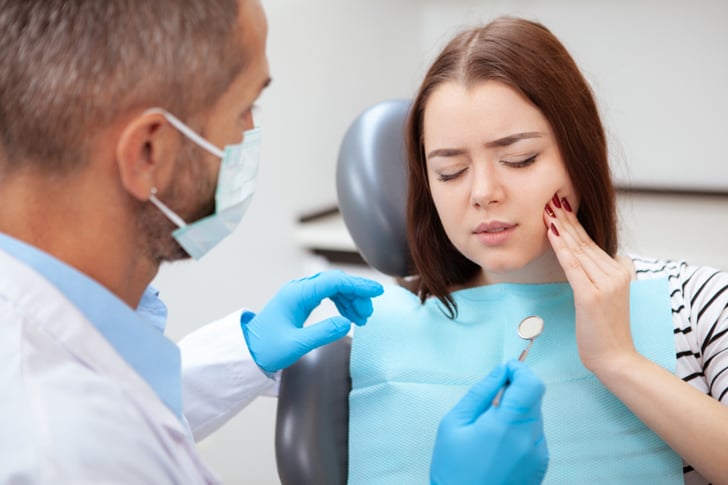
What Constitutes a Dental Emergency?
A dental emergency is any situation that requires immediate attention to alleviate pain, control bleeding, treat infections, or save a tooth. Common scenarios include:
- Severe Tooth Pain: Often indicative of an infection, decay, or other serious issues.
- Chipped or Broken Tooth: This can result from trauma or biting down on hard substances.
- Knocked-Out Tooth: Quick action is essential to maximize the chances of reattachment.
- Abscess: An infection at the root of a tooth that can lead to severe swelling and fever.
- Lost Filling or Crown: This can result in increased sensitivity and pain.
- Orthodontic Emergencies: Issues such as poking wires can cause discomfort.
Types of Emergency Dental Services
Emergency dental services vary by provider, but generally include:
- Walk-in Clinics: Many dental practices have provisions for emergency cases during regular business hours. Call ahead to see if an emergency appointment can be accommodated.
- 24-Hour Emergency Dentist: Some areas have dentists who offer round-the-clock service. They may manage severe cases that cannot wait until regular office hours.
- Dental Urgent Care: This type of facility usually operates outside of normal dental office hours and focuses on treating non-life-threatening dental issues.
- Hospital Emergency Rooms: If you're unable to locate an emergency dentist, ERs can manage severe pain or swelling and may prescribe medications until you can see a dental professional.
- Tele-dentistry Services: With advancements in technology, many dental practices now offer virtual consultations for initial assessments.
Steps to Take During a Dental Crisis
- Stay Calm: Pain can heighten anxiety, but staying calm is crucial to making the best decisions.
- Assess the Situation: Identify the type of emergency you are facing. Is it a toothache, a lost crown, or something else?
- Take Immediate Action:For knocked-out teeth, handle the tooth by the crown, rinse it gently, and place it back into the socket if possible or keep it in a glass of milk.For a broken tooth, rinse your mouth with warm water and apply a cold compress to reduce swelling.For severe pain, over-the-counter pain relievers can be taken as indicated on the packaging.
- Contact Emergency Dental Services: Provide a clear description of your situation when seeking help to ensure you're directed to the right level of care.
- Follow Up: Post-emergency, a follow-up appointment with a regular dentist will likely be necessary to ensure proper healing and to address any underlying issues.
FAQ
Q: How should I manage a knocked-out tooth?
A: Handle the tooth by the crown, rinse it with water, and try to place it back into the socket. If not possible, store it in milk or saline and get to a dentist within 30 minutes.
Q: When should I go to the hospital instead of a dentist?
A: If you have severe swelling or a high fever accompanying dental pain, or if there is significant trauma to the face or jaw, visiting the hospital may be necessary.
Q: Can I prevent dental emergencies?
A: Regular dental check-ups, maintaining proper oral hygiene, and wearing protective gear during sports can significantly reduce the risk of dental emergencies.
Q: Are emergency dental services covered by insurance?
A: Coverage for emergency dental services can vary by insurance provider. It's advisable to check with your insurance company regarding coverage details.
Conclusion
Navigating dental crises can be daunting, but understanding the types of dental emergencies and knowing how to respond can significantly reduce stress and lead to successful outcomes. Familiarize yourself with local emergency dental services and keep their contact information readily available. Regular preventive care is the best strategy to minimize emergencies in the first place.
References
American Dental Association (ADA) - www.ada.org
The British Dental Journal - www.nature.com/bdj
Centers for Disease Control and Prevention (CDC) - www.cdc.gov
-

A Guide to Cost-Efficient Small Electric Cars for Seniors
-

Mastering Debt Consolidation: Boost Your Credit Score and Manage Interest Rates
-

Your Guide to Loans, Credit Checks, and Interest Rates
-

Affordable Independent Living: Finding the Right Senior Housing
-

Guide to Senior Living Apartments: Affordable and Comfortable Environments





